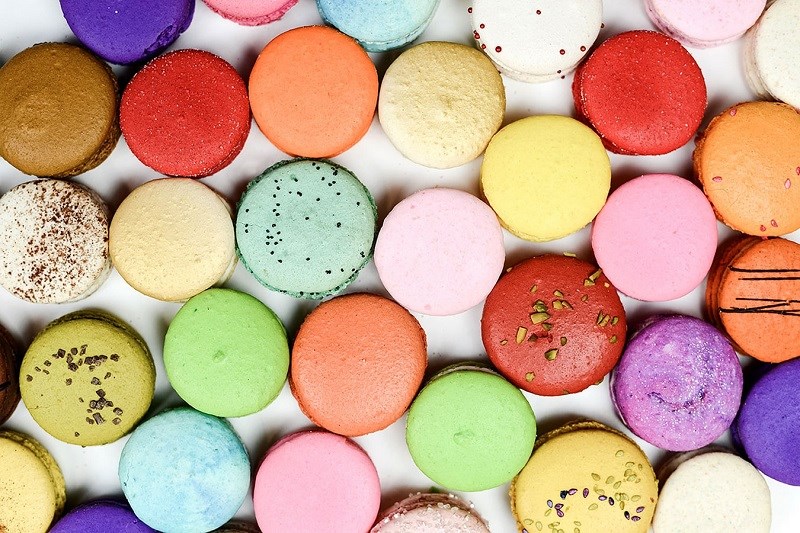
Exchange-traded funds are a great low-cost way to invest. They provide easy access to a variety of asset classes, and unlike traditional funds, they trade just like a stock on the exchange so you can purchase one at the push of a button with an online brokerage app.
Today, there are over 900 ETFs available for Canadian investors. There are ETFs that give you exposure broad market indexes, while others offer exposure to niche sectors from cannabis to uranium. ETFs now also offer exposures to a variety of investment strategies such as active management and smart beta.
With so many to choose from, how do you know which is the best for your portfolio?
In our Investing Basics series on ETFs, we'll explore how Morningstar Analyst Ratings can help you identify top-notch ETFs in every sector.
“Morningstar’s Ratings for ETFs are meant to assess a fund relative to its category average,” says Morningstar’s director of investment research Ian Tam. “These categories represent the types of underlying assets that are contained within the ETF, often alluding to the asset class (such as stocks or bonds), the region (Canada, US or Global), a specific sector (like health care or utilities) or perhaps an investment style (for example, dividend income).”
Before jumping to Morningstar’s ratings, investors must understand the nature of the ETF they want to buy, Tam explains. “For index ETFs (often available at lower costs), consider the underlying index and whether this exposure is appropriate for you. For example, perhaps if a large portion of your assets are invested domestically, you might consider an ex-North America index to diversify your portfolio,” he says.
Once you’ve identified that, here’s a look at our ratings methodology.
How Morningstar rates ETFs
Morningstar rates 625 ETFs trading in Canada and identifies those they think will be able to outperform in years to come. To do that, analysts scrutinize their performance relative to others in the category, both active and passive.
For passive products, analysts examine the fund's process – that is how the ETF is constructed, their underlying benchmarks, and the systems managers have put in place to achieve precise tracking of the benchmark.
Analysts also tend to favour parent firms that put investors' interest ahead of commercial goals and monitor how the ETF is trading on the exchange. ETFs sometimes trade with wider-than-normal bid/ask spreads or deviate substantially from their net asset value, or NAV, which can jack up the cost to investors.
Other issues considered by analysts:
-Cost. Explicit costs like the expense ratio, and implicit costs like the cost of portfolio turnover. Top-rated funds are among the lowest-cost options in their category
-The amount of experience the team has in managing ETFs
-Rules dictating the balancing and reconstruction of the fund's benchmark
-Portfolio management approach – for examples full or synthetic replication
-Tracking issues
-How portfolio managers attempt to minimize trading costs
-The fund's distribution policy
-Firm's overall levels of transparency
-Firm's product development philosophy and its track record of launching new funds and shuttering unsuccessful ones
Medallist ratings are reserved for funds that analysts expect to deliver precise tracking of sensibly constructed indexes at a very low cost and backed by experienced managers. ETFs that analysts expect to outperform by the widest margin are rated Gold; next-highest conviction picks are rated Silver, followed by Bronze.
Medals are accompanied by the “analysts take” on the ETF – which includes their views on its suitability for investors, portfolio construction, fee and alternatives to consider. Here are some top-rated ETFs:
|
Name |
Morningstar Analyst Rating |
Morningstar Category |
Management Fee |
|
iShares Core S&P/TSX Capped Composite ETF |
Gold |
Canadian Equity |
0.05 |
|
Vanguard FTSE Canada All Cap ETF |
Gold |
Canadian Equity |
0.05 |
|
Vanguard FTSE Canada ETF |
Gold |
Canadian Equity |
0.05 |
|
BMO S&P/TSX Capped Composite ETF |
Gold |
Canadian Equity |
0.05 |
|
iShares Core S&P US Total Mkt ETF |
Gold |
US Equity |
0.07 |
|
Vanguard S&P 500 ETF |
Gold |
US Equity |
0.08 |
|
BMO S&P 500 ETF (CAD) |
Gold |
US Equity |
0.08 |
|
iShares Core S&P 500 ETF |
Gold |
US Equity |
0.10 |
|
Vanguard FTSE Global All Cap ex Can ETF |
Gold |
Global Equity |
0.20 |
Source: Morningstar Direct
Active “Passive” products
Morningstar rates ETFs that fall under the heading of strategic- or smart-beta - to a different standard. Morningstar director of investor education Karen Wallace explains that Morningstar analysts think of strategic-beta ETFs as index funds that make active bets.
"They are linked to indexes that focus on one or more factors - such as value, momentum, or low volatility, in an effort to improve their returns or alter their risk profiles relative to traditional market benchmarks," she says.
"Because of this, they require strategic-beta funds to surpass a tougher hurdle: They need to convince us they can beat the category index after fees (not the median fund in the category). Our assessment of process is the most important consideration behind the rating for these funds."
Morningstar also assigns ratings to several actively managed ETFs.
"We put these funds through the same paces as we do actively managed mutual funds, while paying close attention to how the potential constraints of delivering an active strategy in the ETF format might affect the management team's process," Wallace says.




















